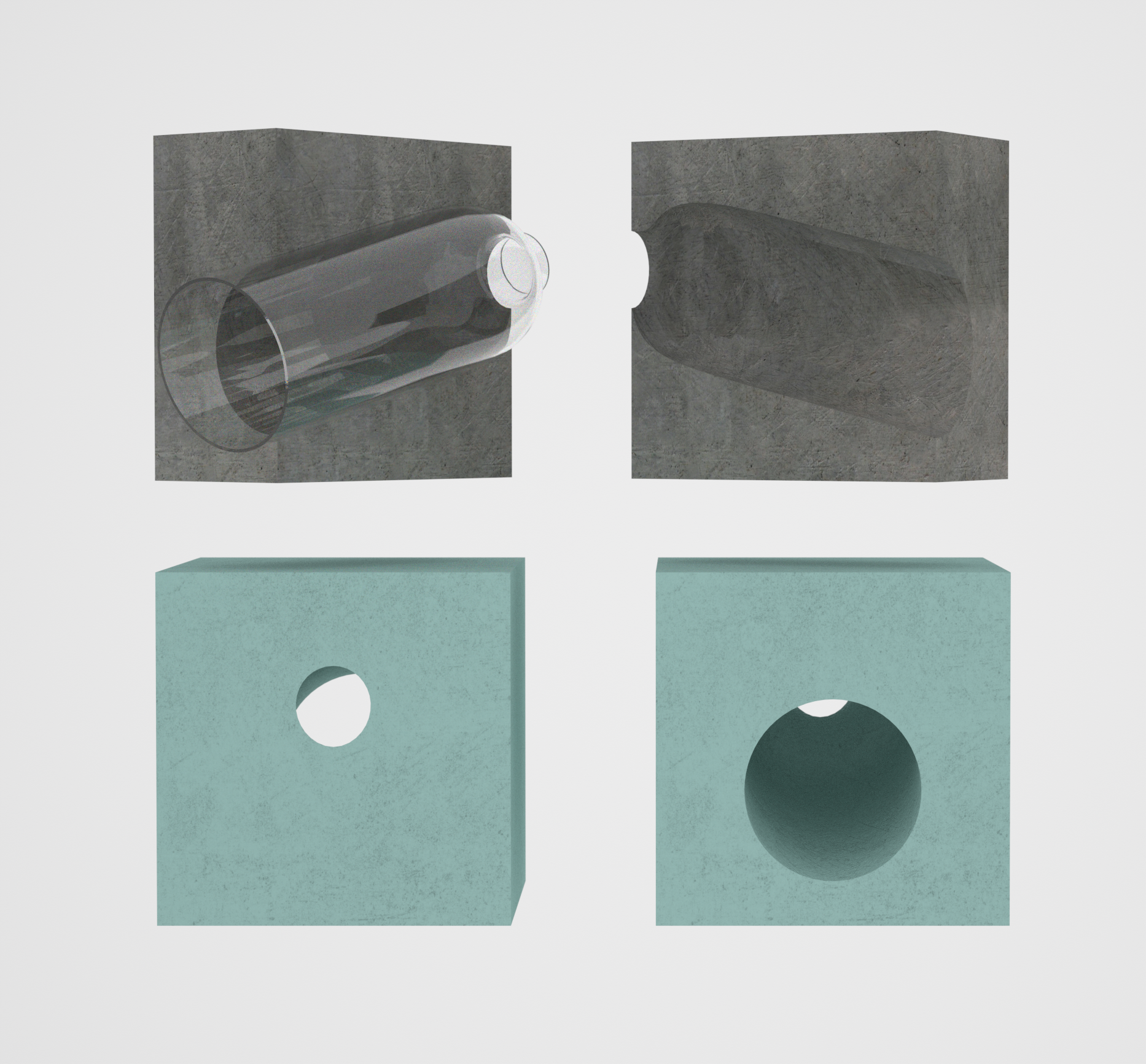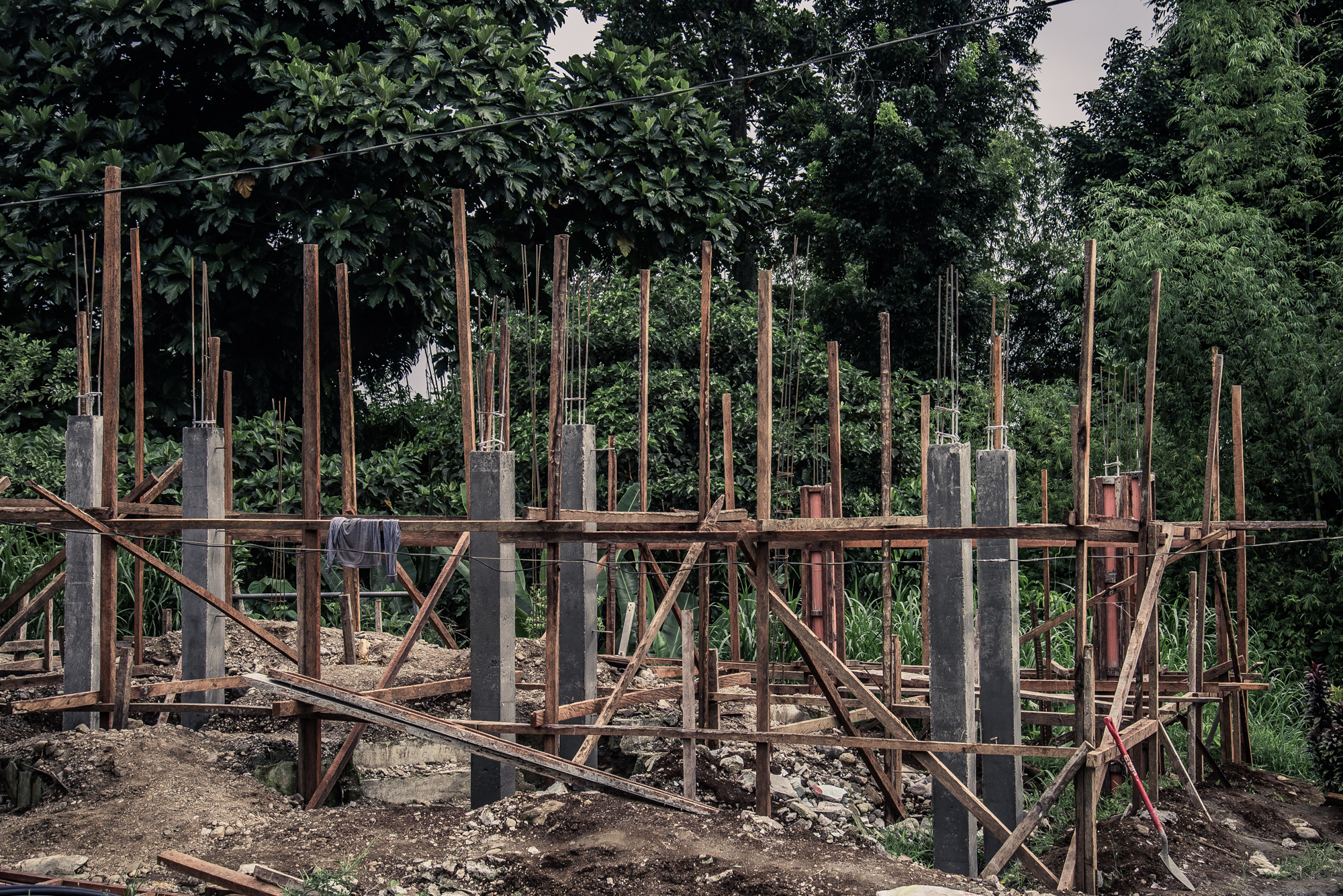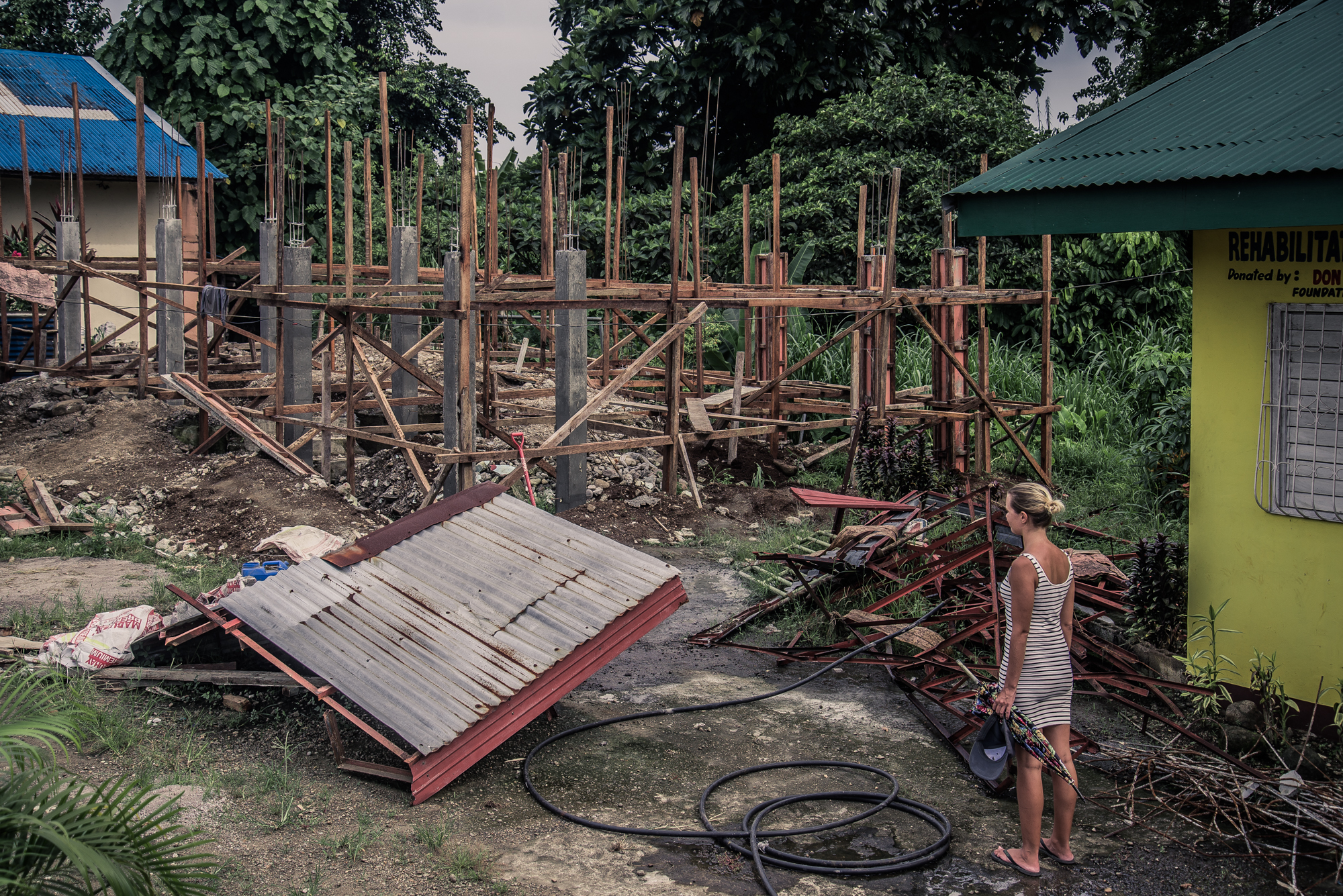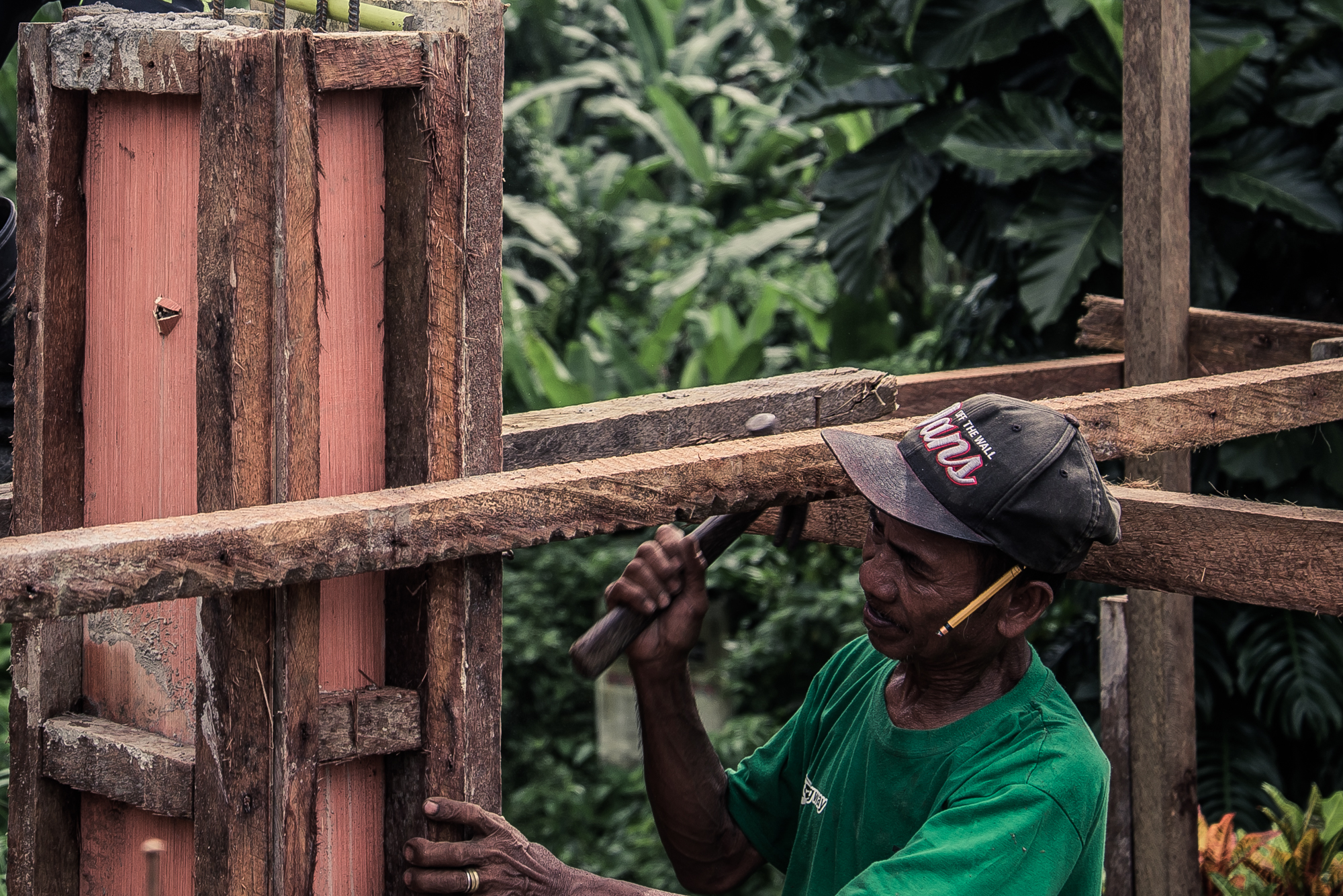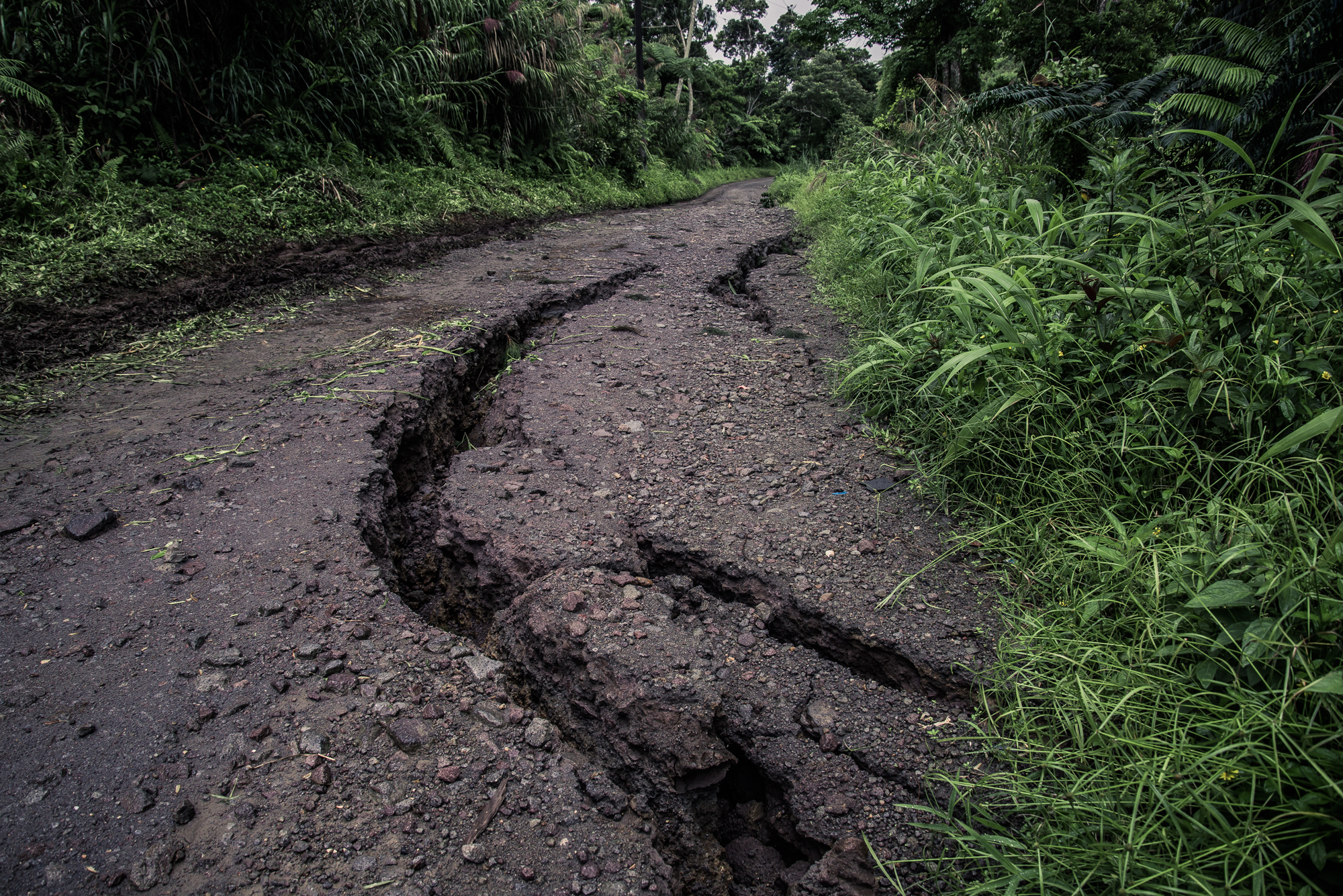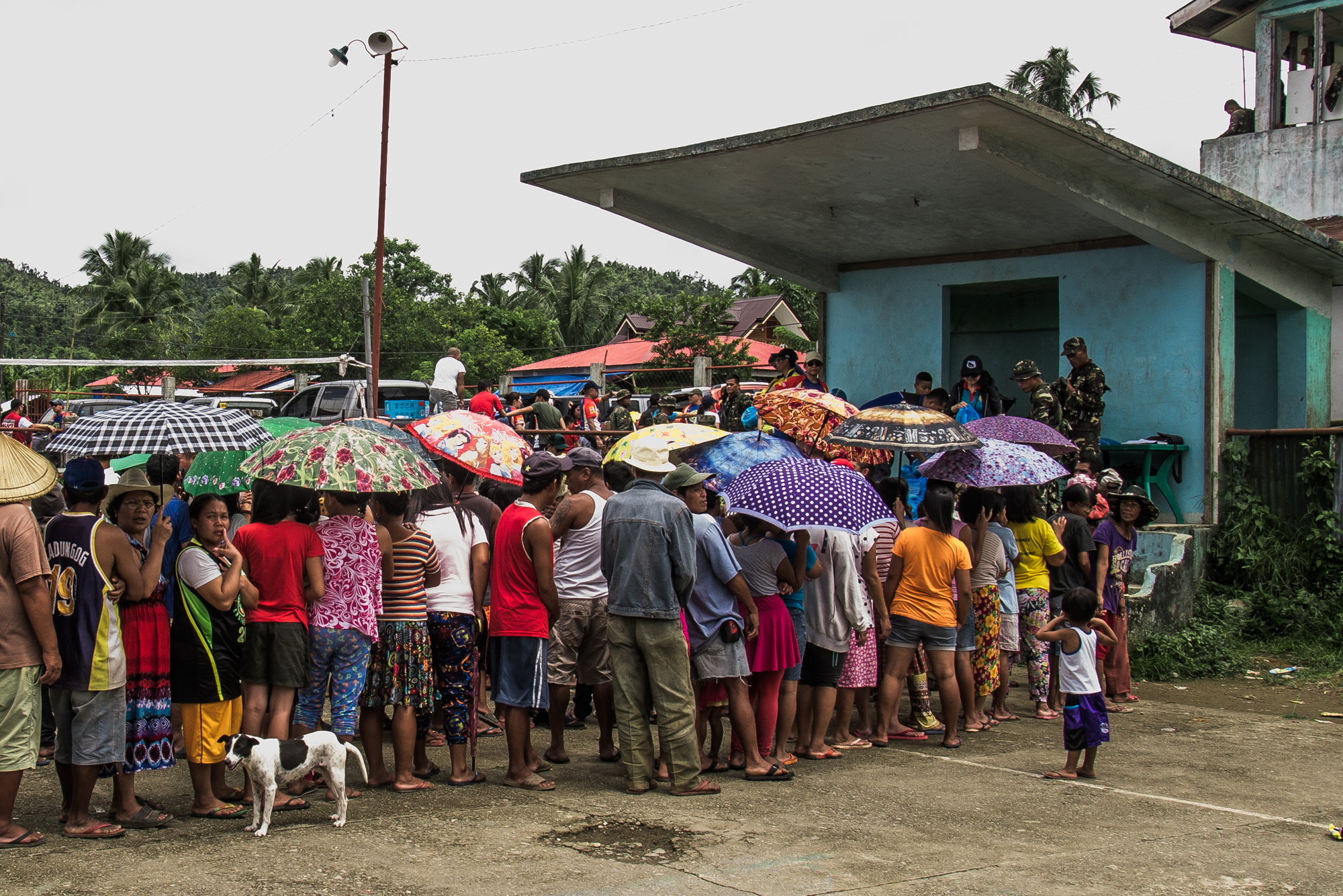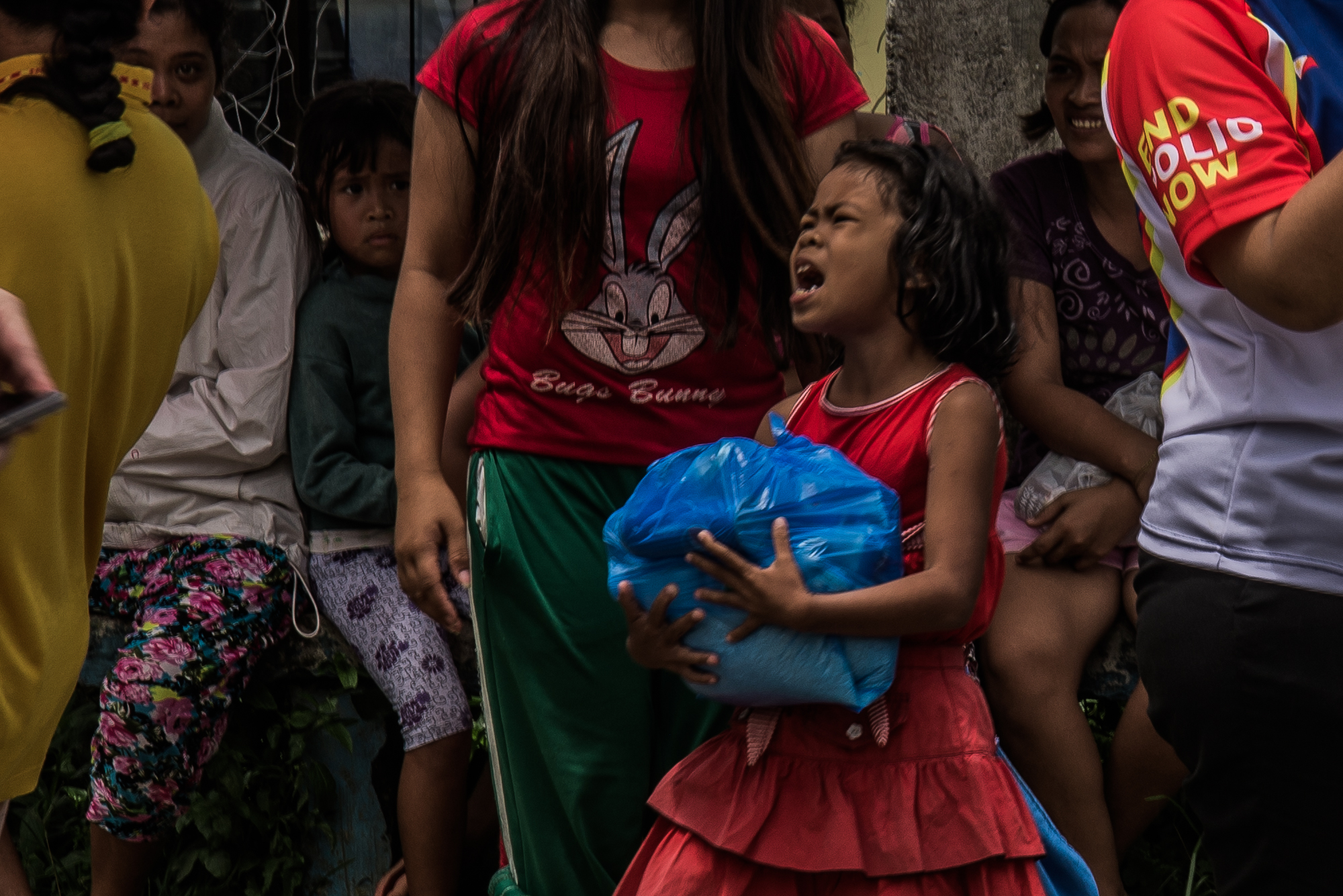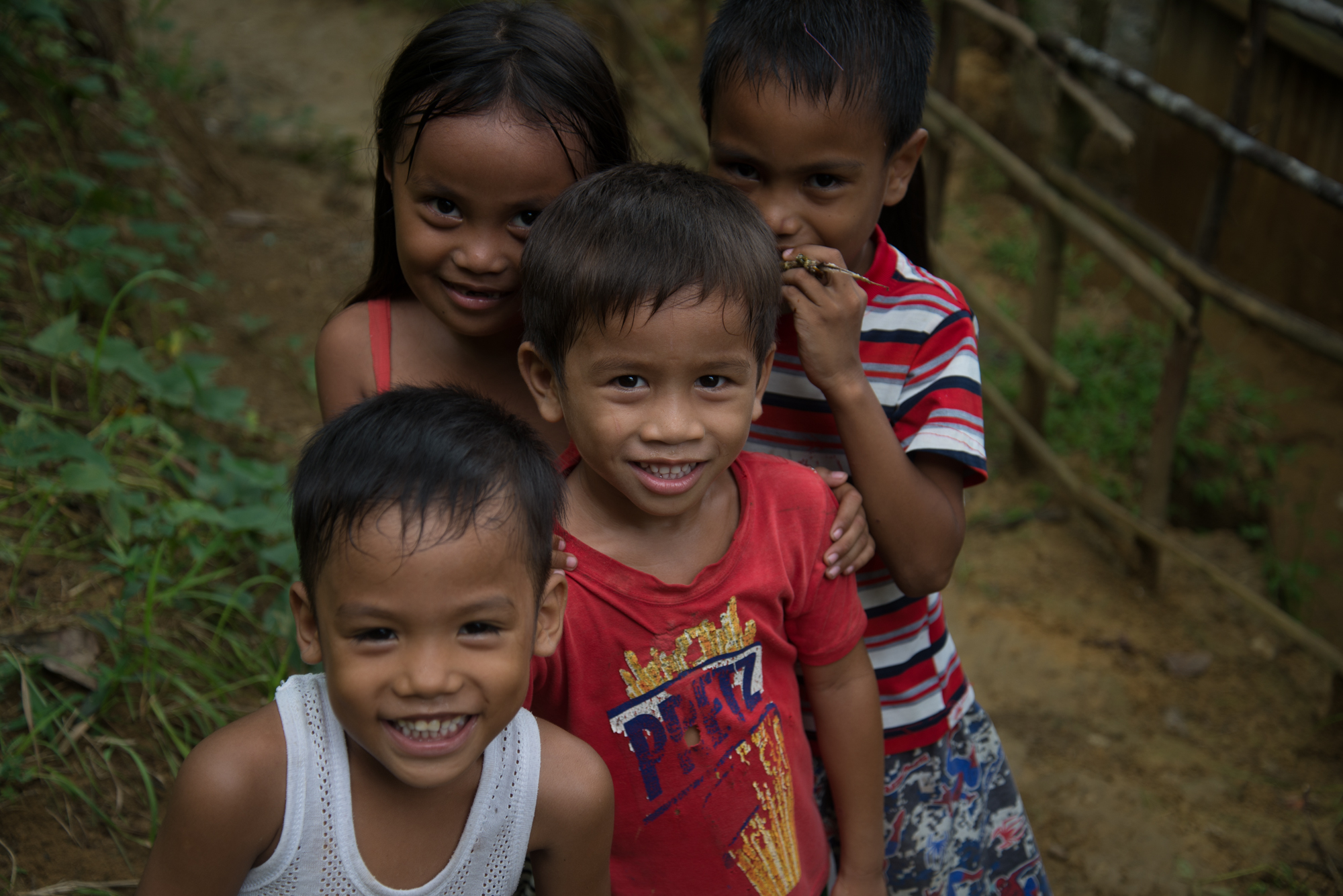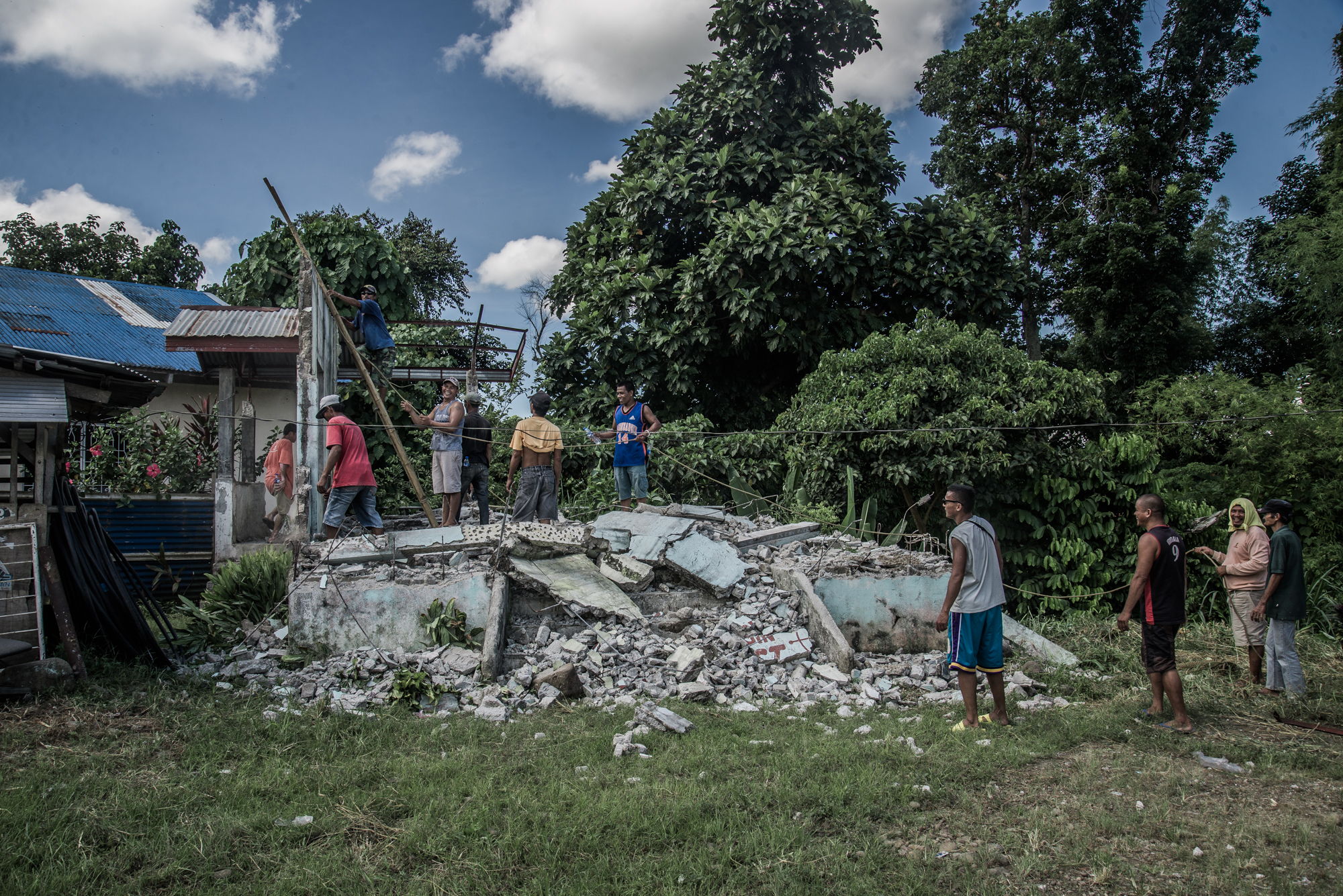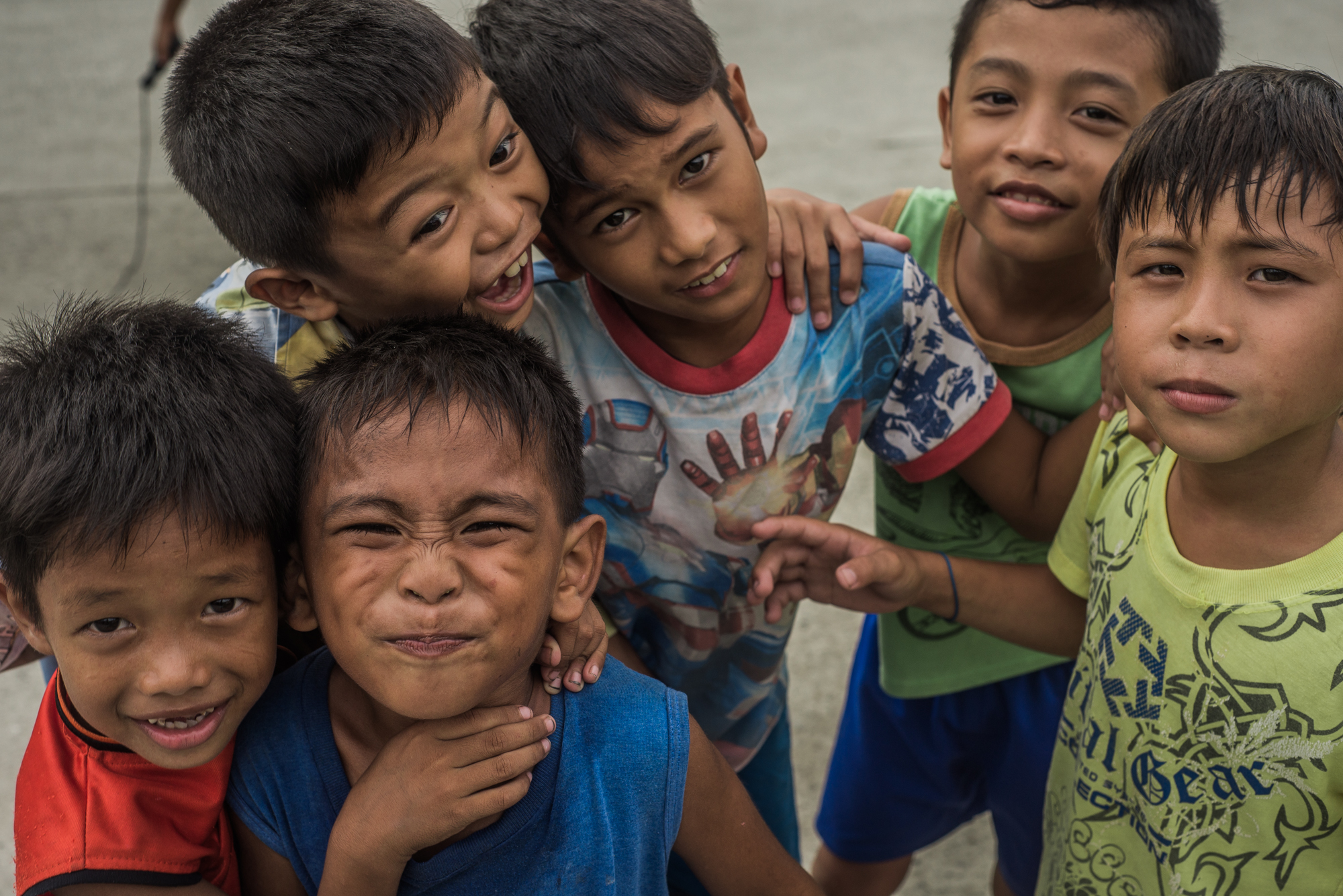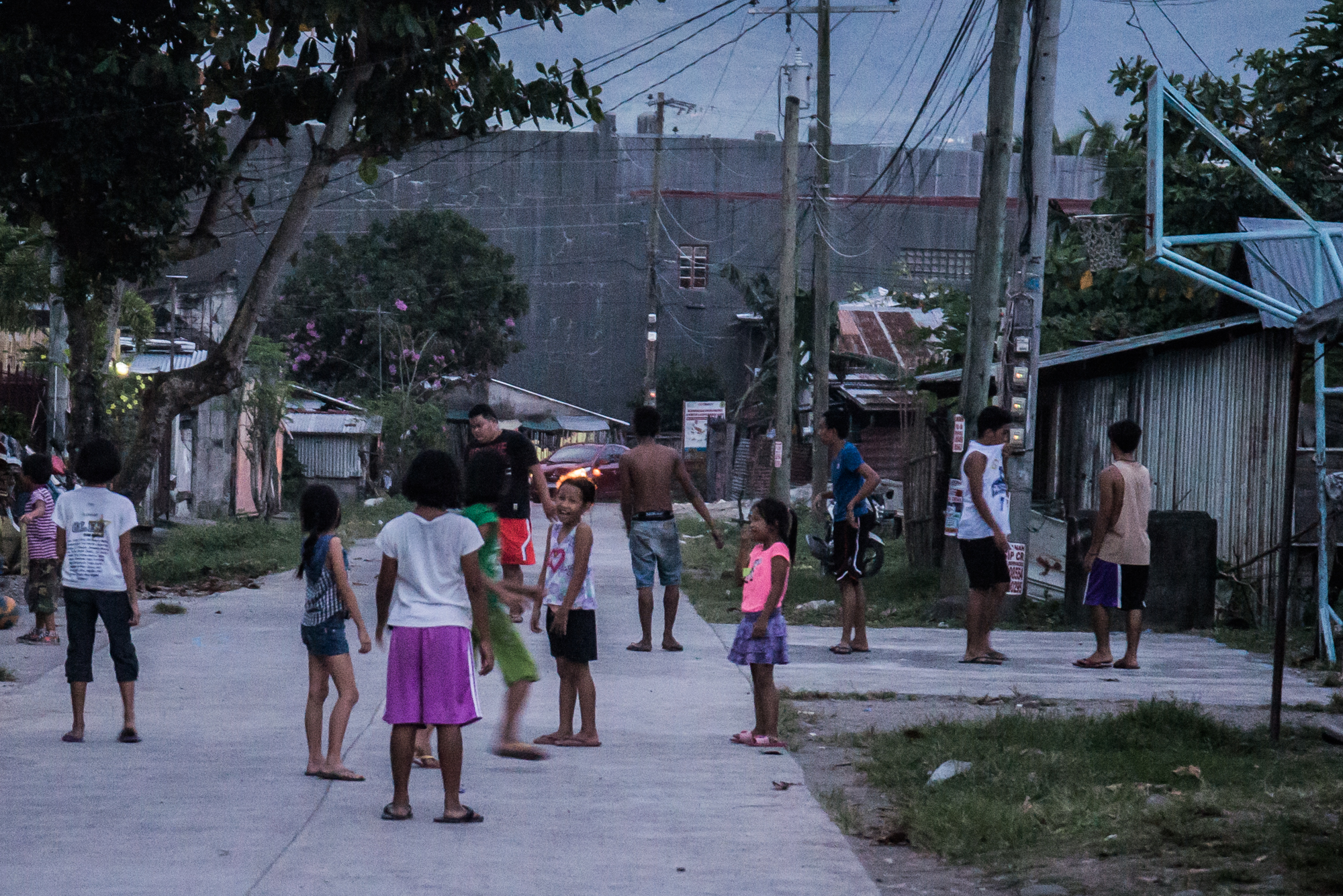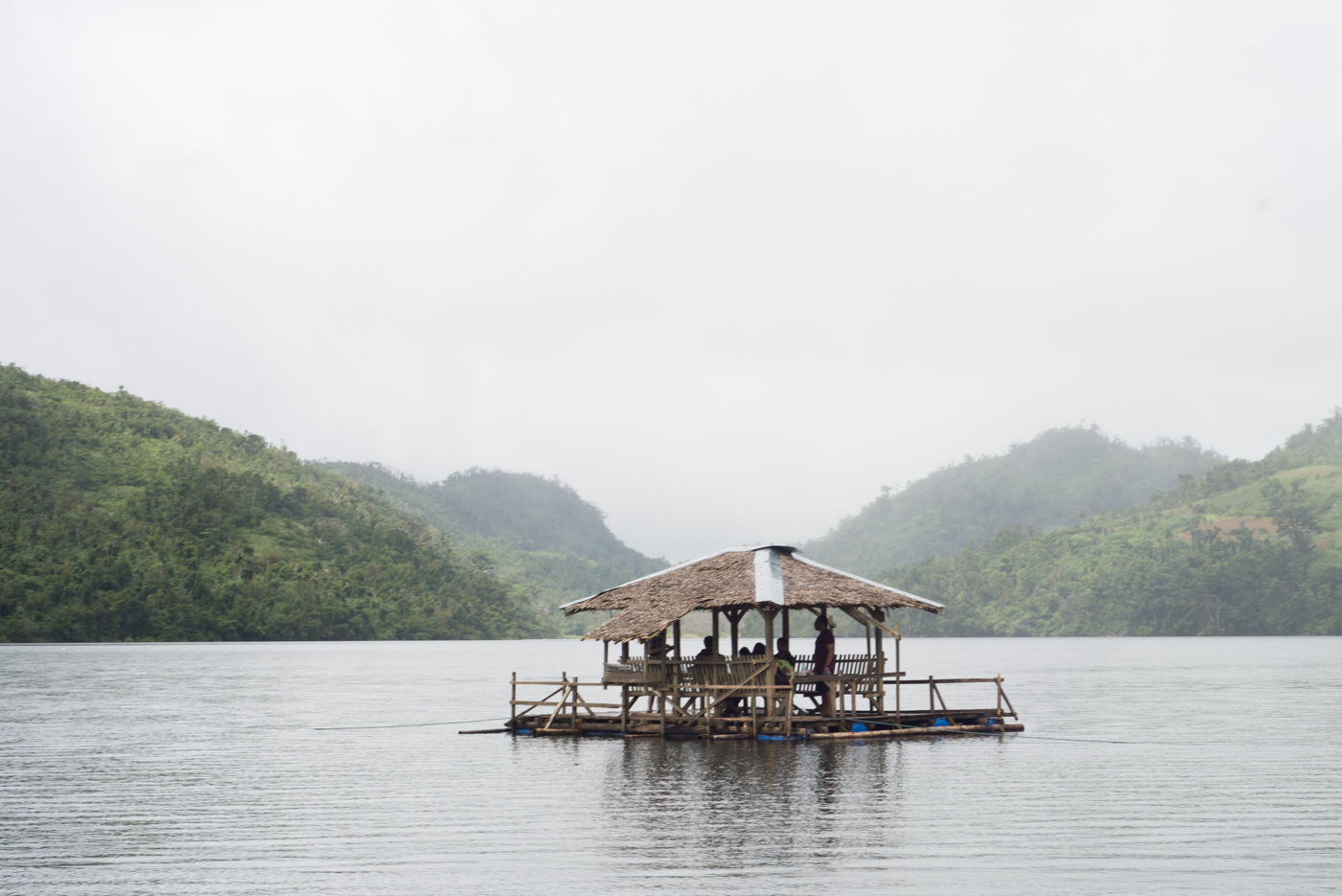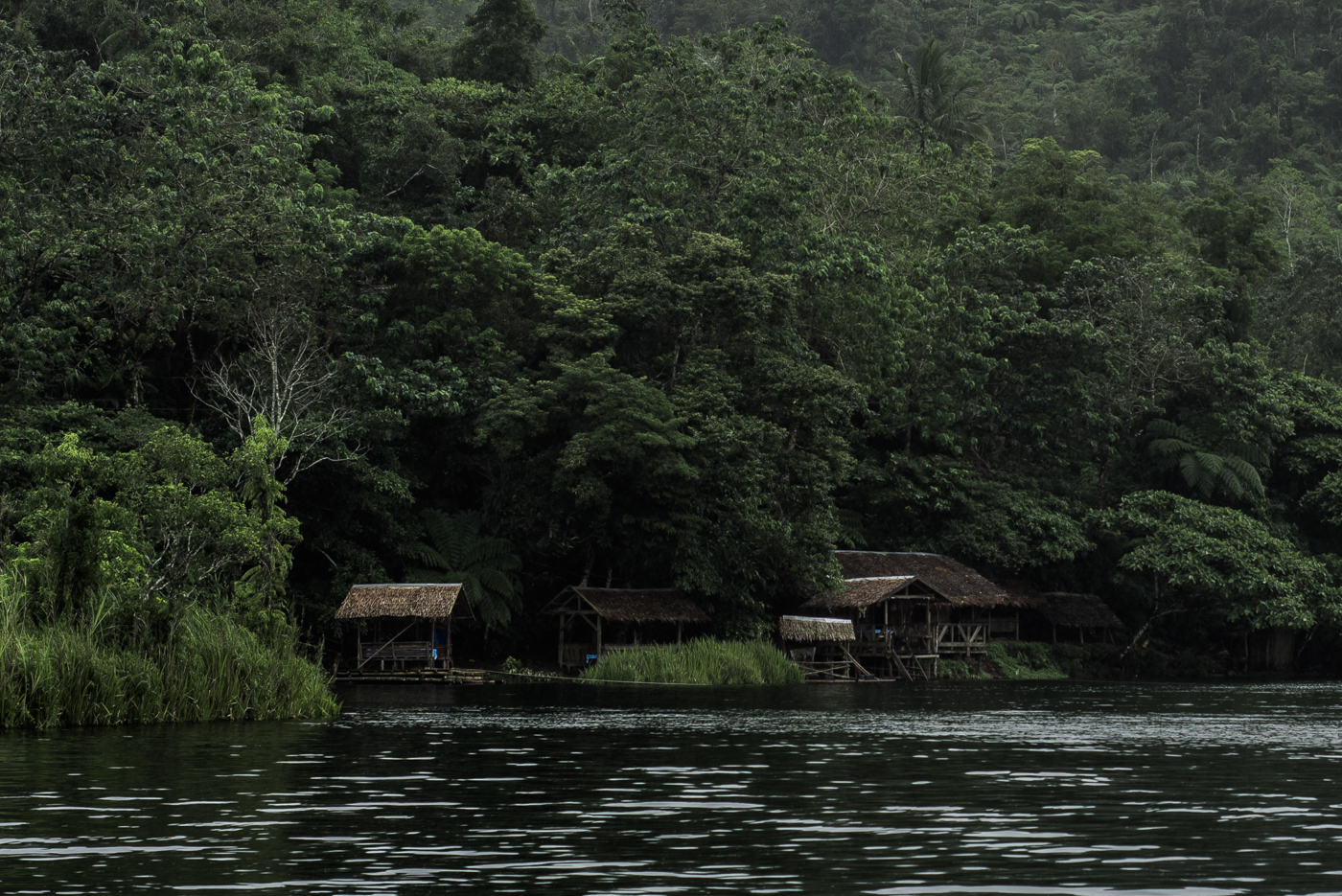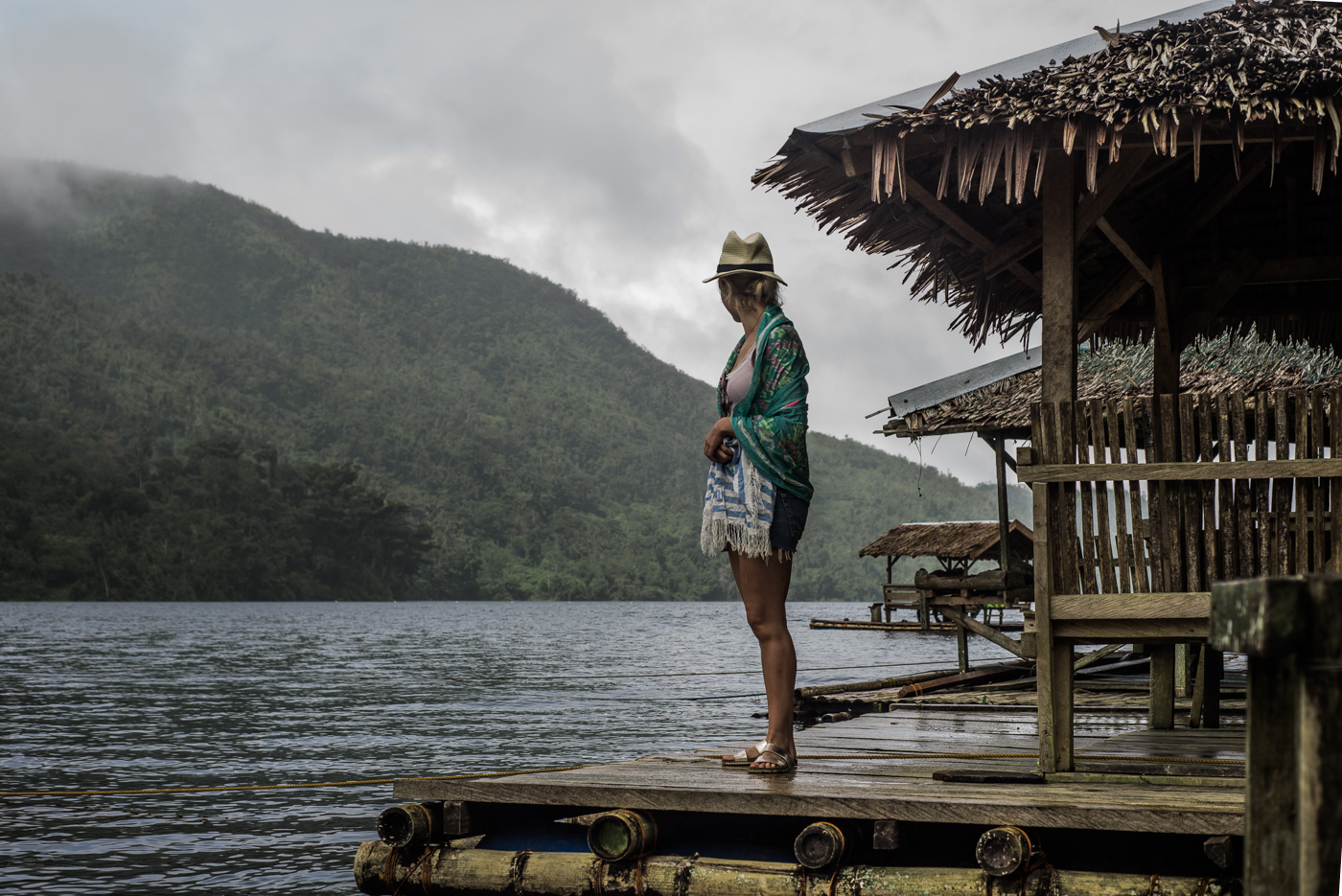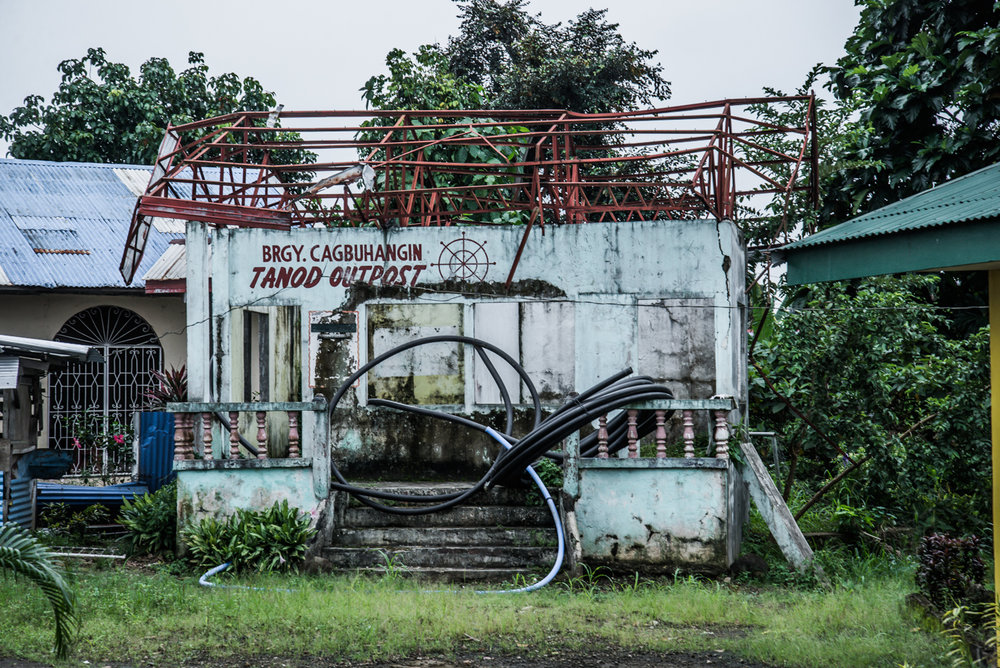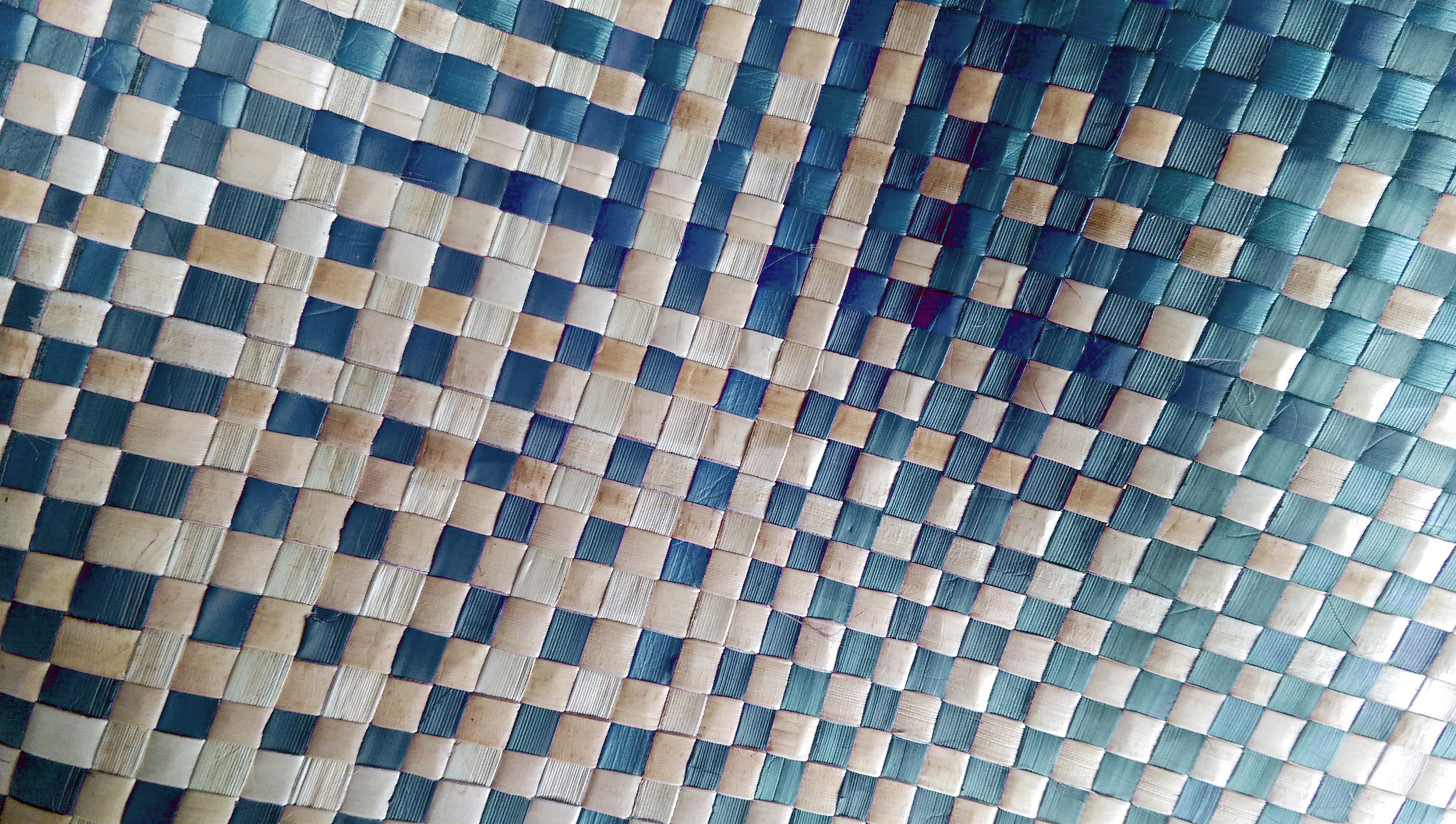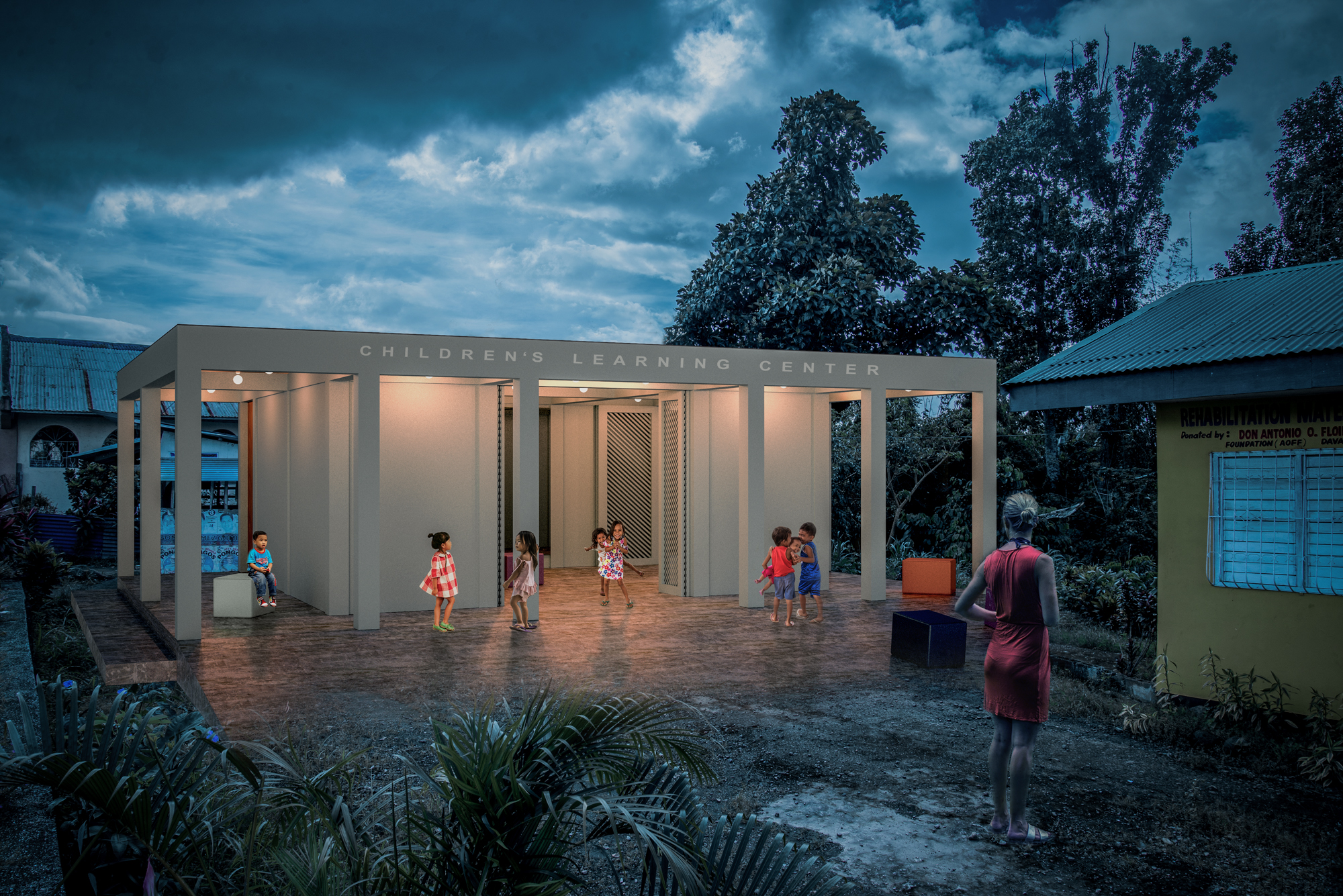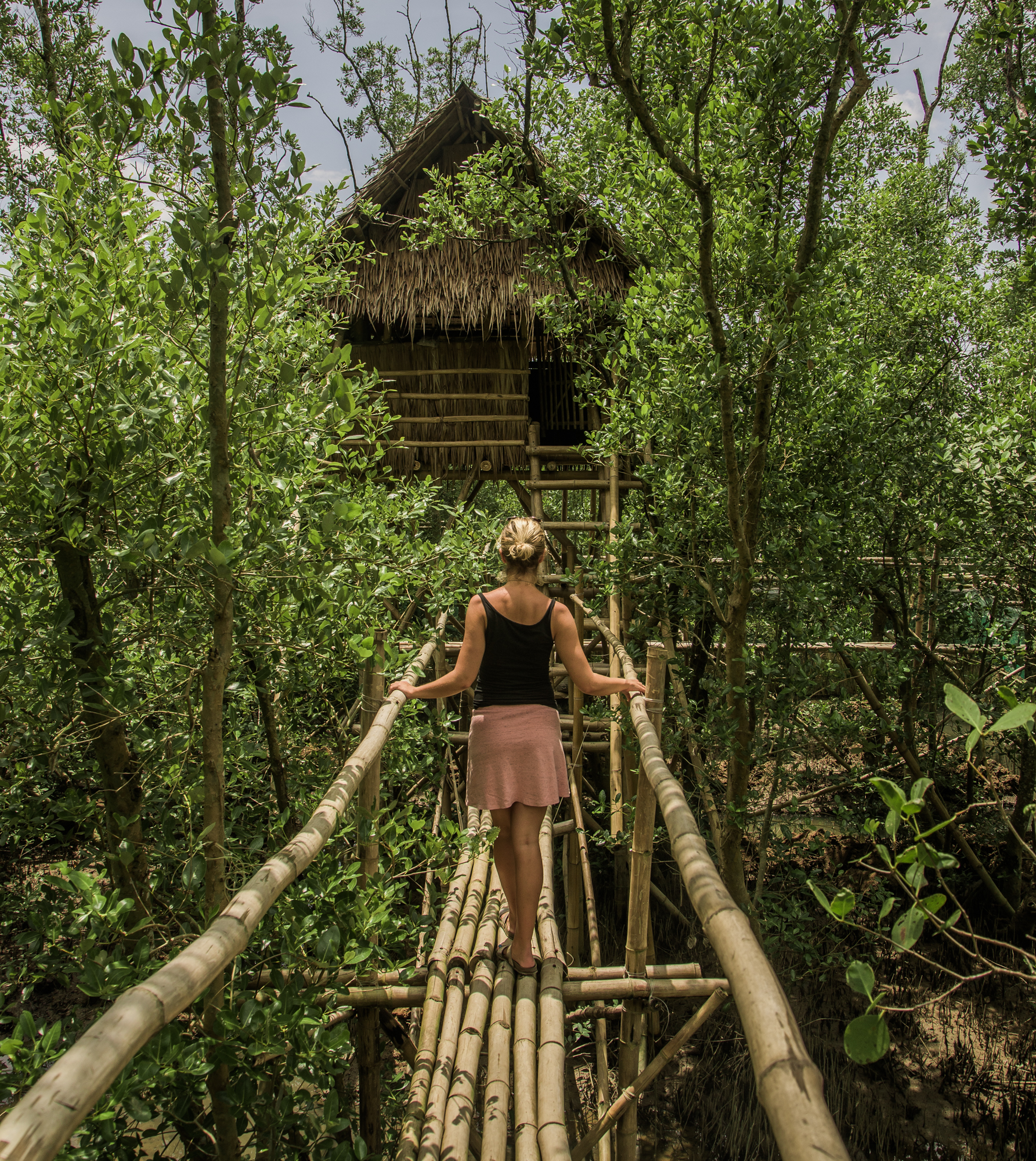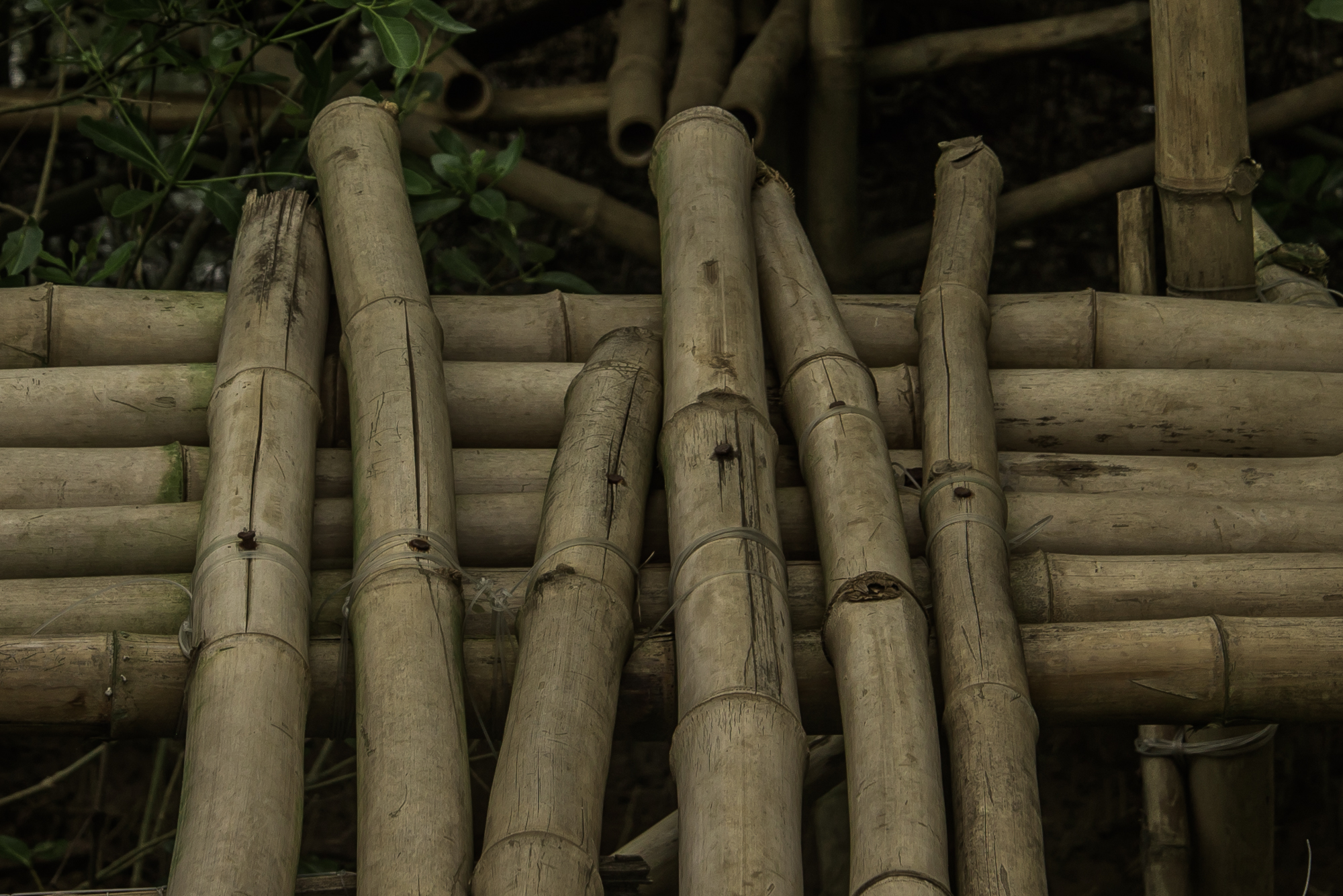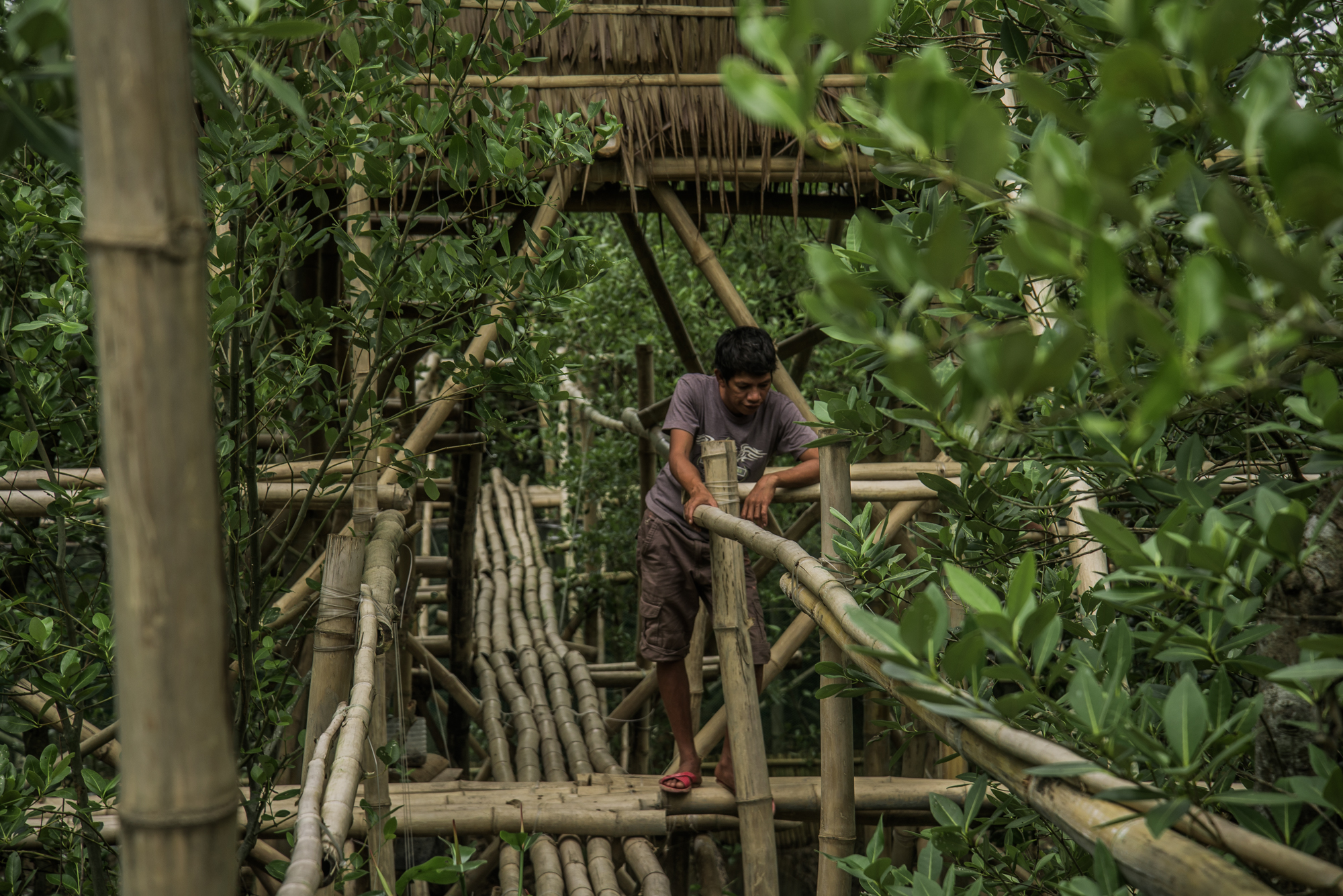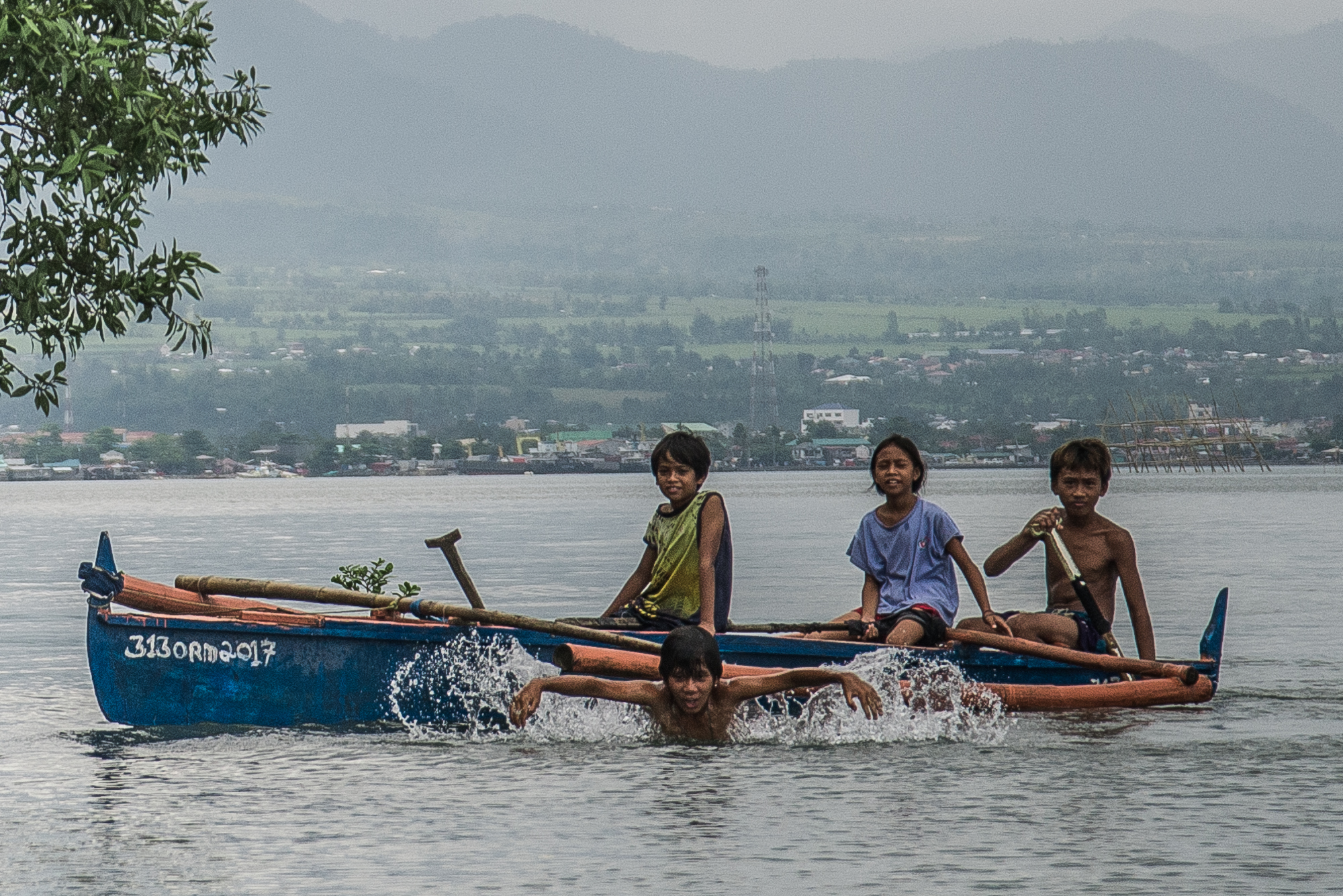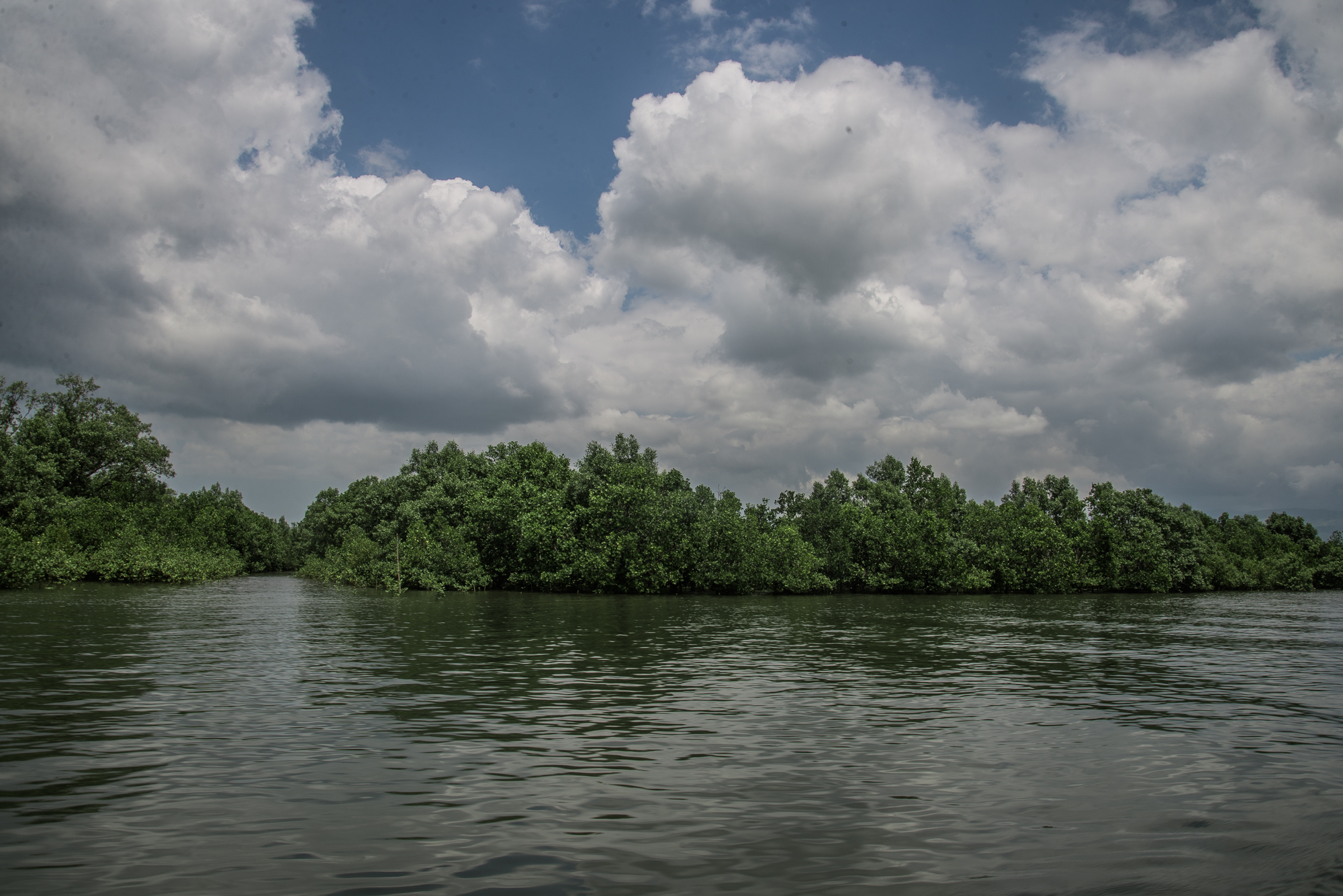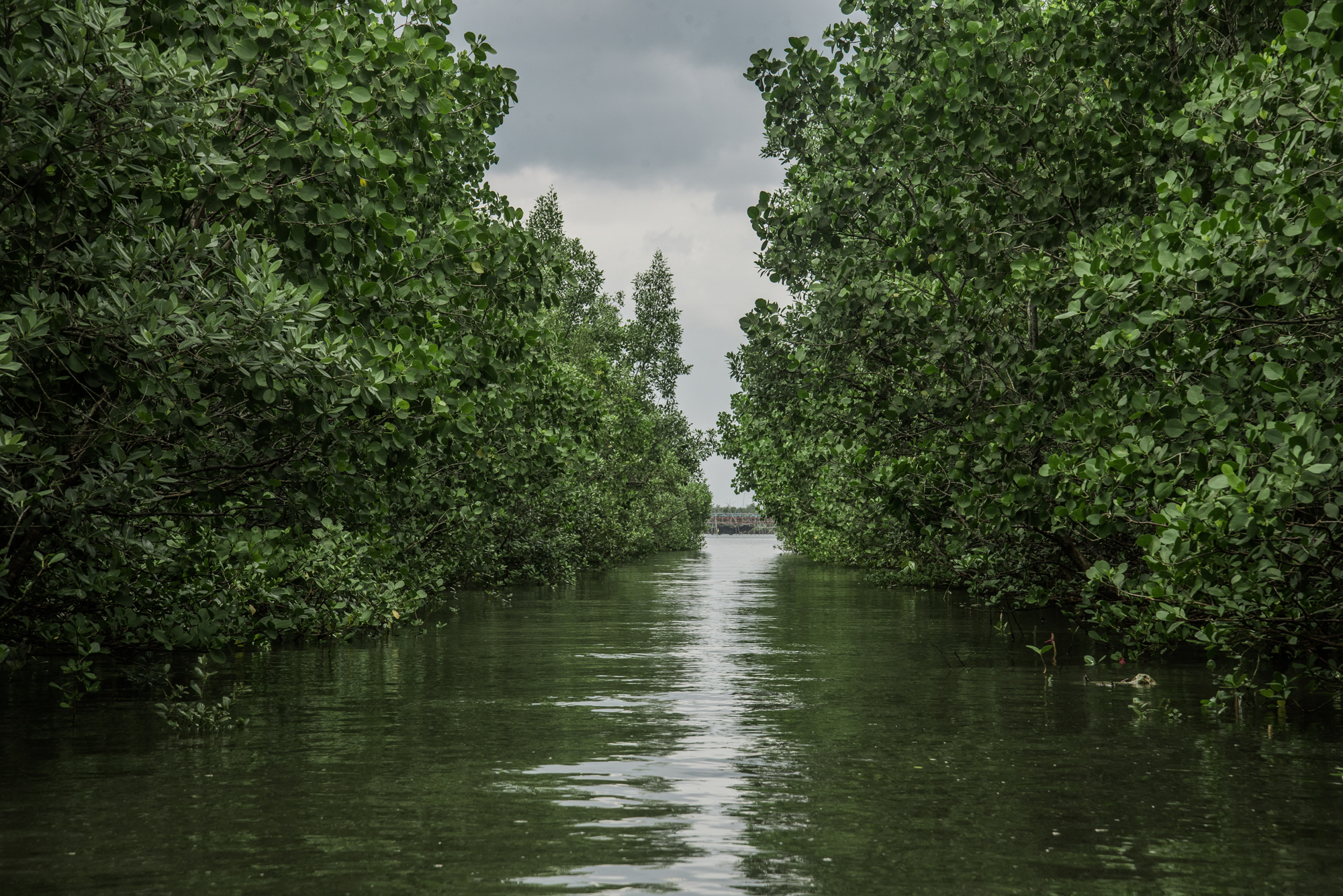The Philippines is very hot sometimes, most people use fans and air-conditioners but we do not have the budget for an aircon unit or the electricity budget to keep several fans on.
Found an article on inhabitat.com and got very interested in making a concrete block version of this bottle aircon solution developed in Bangldesh. Its completely passive and lowers temperatures by 5 degrees.
Incredible, right?
Our intention is to make the whole wall a passive aircon system in the soon to be constructed Learning Center in Juaton, Philippines (see bottom image).
Durability is a key factor for us so we are looking to incorporate the same method into a building component, casting it in concrete, basically fixing the bottles into the formwork and making an aircon-brick.
Here is a little more info from the inhabitat.com article. [in Bangladesh] "air conditioning is simply not an option for most people living in rural areas. Ashis Paul developed a clever DIY cooling system that doesn’t need any electricity and is built from a common waste item: empty plastic soda bottles. In just three months, Paul’s company has helped install its smart powerless air conditioners, called Eco Coolers, in 25,000 households, with many more still ahead."

